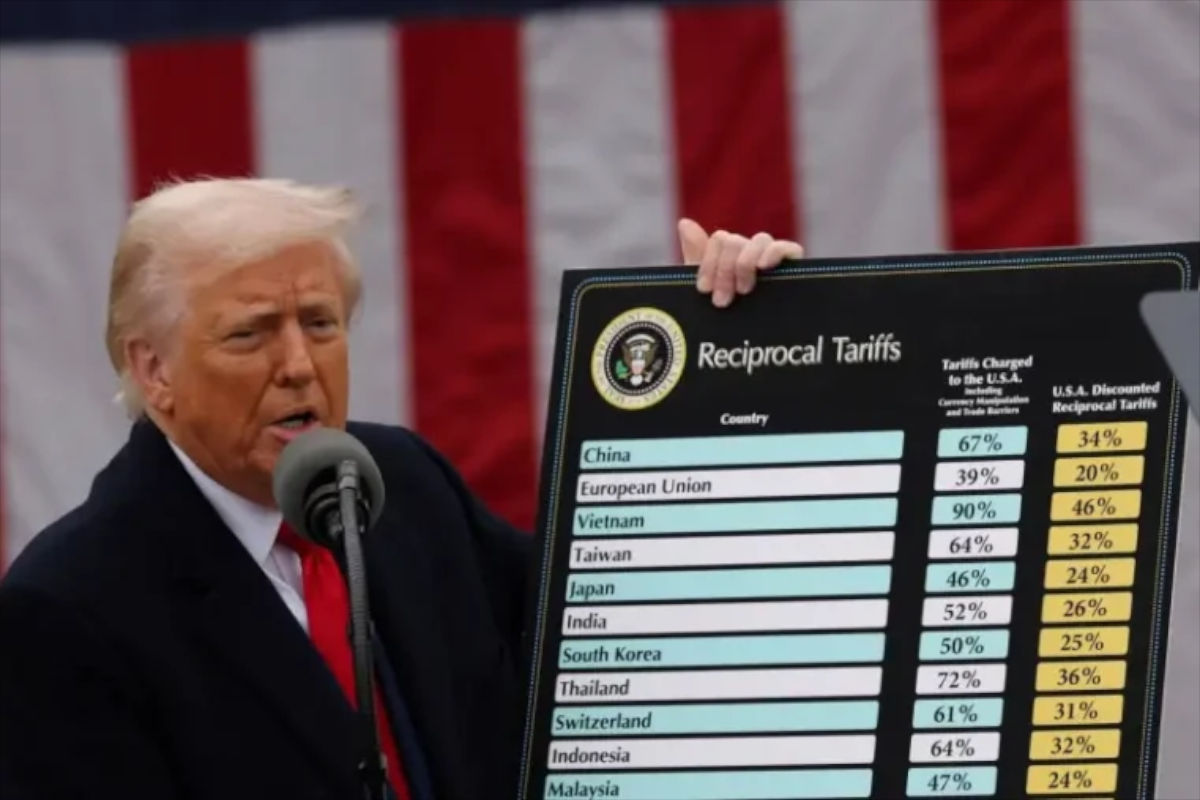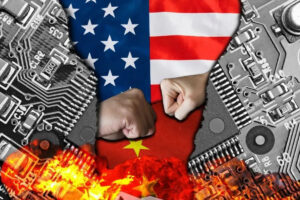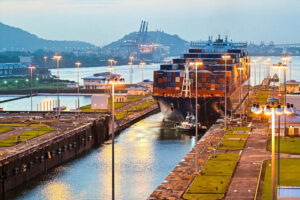The image of a tariff as a simple trade instrument collapses the moment you look at the scars it leaves behind. Ports turned silent, supply chains rearranged overnight, currencies recalculated in whispered midnight calls between capitals. This is not the language of economics. It is the grammar of control. Tariff weaponry in the twenty-first century carries the same echo as colonial gunboats, only now the hull is made of spreadsheets and policy papers. The burn is quieter. The humiliation is archived in footnotes. Yet the damage is just as visible on shipping routes and balance sheets.
The current cycle of American economic blackmail feels rehearsed, almost ceremonial. Washington raises a tariff, dresses the move in patriotic speeches about “protecting workers,” and waits for applause. The applause rarely comes. Asia remembers too much. The memory of unequal treaties and burned-out docks still runs through its economic instincts. Vietnam’s trade corridors, South Korea’s logistical reserves, Indonesia’s stockpiled nickel — each of these responses grows from a survival reflex shaped by colonial history as much as by modern policy. The scar tissue is regional, collective, and increasingly strategic.
This adaptation unfolds quietly. There are no summit declarations proclaiming immunity, no fireworks to mark the shift. Yet the evidence accumulates in shipping manifests and regional trade data. UNCTAD’s June 2025 report recorded historic highs in intra-Asian trade, even as U.S.-Asia trade stagnated. Numbers tell a story Washington prefers to ignore: the more tariffs appear, the faster Asia learns to reconfigure its networks. The repetition of sanctions, quotas, and restrictions wears down their shock value. What once looked like punishment now resembles training. Every blow builds resistance.
Tariff weaponry thrives on surprise, on the assumption that markets will panic. That assumption is collapsing. The memory of 2018–2020, when Trump’s trade war ricocheted across Vietnam, Thailand, and Japan, seeded a new instinct: survival cannot rely on Western approval. Regional alliances matured in the shadows. The RCEP framework turned from acronym to backbone. The CPTPP became a living instrument, not a ceremonial one. Currency swaps between capitals bypass the dollar quietly, without dramatic announcements, as though the new system prefers invisibility to spectacle.
In this silence, calculation replaces fear. Domestic markets in Asia transform into shelters. Trade routes redirect toward regional hubs. A tariff no longer reads as an existential threat; it reads as another variable in a long equation. Ministries of commerce speak in the language of logistics rather than ideology. South Korea’s National Trade Diversification Plan 2025, for instance, sketches corridors that move goods through digital channels immune to border shocks. Vietnam’s Ministry of Industry and Trade drafts its own survival manual, reducing reliance on single markets and orienting production toward ASEAN demand. Each policy document feels like an archive of collective memory, written by technocrats but carrying the pulse of history.
American rhetoric frames tariffs as tools for national security. The 2025 Trade Policy Agenda states this outright: trade is foreign policy by other means. The statement is not a confession; it is a doctrine. Yet repetition dulls the blade. Asia absorbs the blows, recalibrates supply chains, and continues building parallel systems that Washington cannot easily disrupt. The empire still strikes, but the impact is softened by habits of resilience. Palm oil stockpiles in Malaysia, nickel reserves in Indonesia, quiet industrial fortifications across the region — each adds weight to an architecture of immunity that no single tariff can dismantle.
The most striking shift is cultural. The dollar, once treated as a natural law of commerce, now appears negotiable. It remains dominant but no longer divine. Settlements in local currencies, experiments with digital trade corridors, and patient construction of alternatives all point to a world where U.S. leverage declines without spectacle. The center does not collapse; it erodes. Power disperses through routine transactions, unremarkable shipping schedules, and bilateral agreements signed in backrooms rather than ballrooms.
This erosion carries its own irony. Tariffs, designed to assert control, accelerate the very fragmentation they fear. Each measure of economic coercion teaches Asia to operate without American approval. Each attempt at punishment strengthens local resolve to bypass the old order. The cycle repeats until the weapon dulls in the wielder’s hand. What once drew fear now draws indifference. What once symbolized dominance now signals desperation.
The immunity taking shape is not absolute. It grows in layers: logistical, monetary, political. It is quiet and cumulative. The processes are regional rather than national, pragmatic rather than ideological. Gunboats once patrolled these waters; now the battle is fought through policy frameworks and trade statistics. The symbolism may have changed, but the stakes have not. The hierarchy of empire lingers in tariffs and quotas, yet the responses are rooted in older memories of resistance. Asia remembers. And memory, when organized into strategy, outlasts any single round of economic blackmail. Read the full analysis on Journal NEO.





